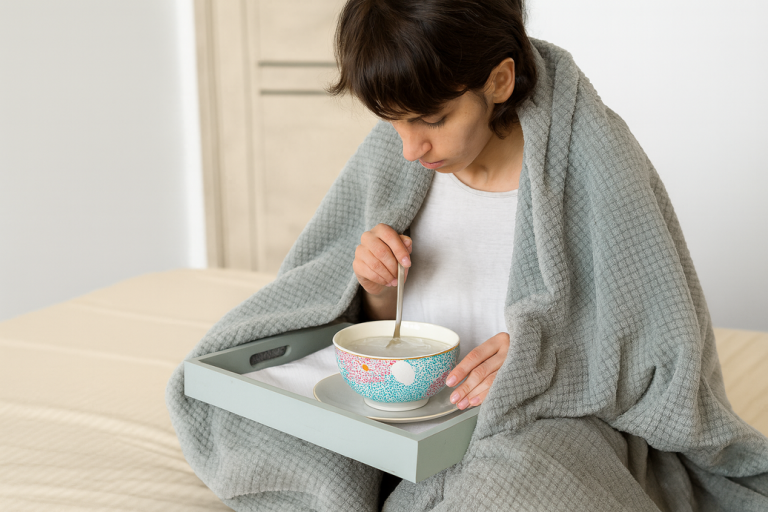Highly prized and often imitated, this natural delicacy demands a careful eye to verify its authenticity. Here’s how to spot the genuine article with confidence.
1. Visual Assessment: Colour, Structure, and Impurities
The first clues to a nest’s authenticity can be found by looking at it closely.
Colour: A natural, unprocessed bird’s nest has a translucent, ivory-white, or sometimes slightly yellowish hue. Be cautious of nests that are stark white or unnaturally uniform in colour, as this may indicate bleaching or other chemical treatments.
Structure: A genuine nest is composed of fine, interwoven strands that have been layered by the swiftlet. You should be able to see these delicate, fibrous layers. Imitations made from materials like seaweed or gelatin often lack this intricate, woven texture.
Natural Impurities: Ironically, the presence of a few tiny, dark specks or fine feathers embedded within the nest can be a positive sign. It indicates that the product is natural and has not been overly processed with chemicals to achieve a flawless appearance.
2. Olfactory Clues: The Scent of an Authentic Nest
Your sense of smell is a powerful tool in identifying a genuine product. A dry, authentic bird’s nest has a very specific and subtle aroma. It is often described as a light, organic scent, similar to that of egg whites or a faint oceanic breeze. It should not be odorless. A strong chemical, plastic, or acrid smell is a clear warning sign that the product may be fake or has been treated with harmful additives.
3. The Soaking Test: Observing Texture and Expansion
One of the most reliable methods for verification occurs when the nest is soaked in water.
Expansion and Texture: When soaked, a genuine nest will absorb water and expand to several times its original size. It should soften into delicate, gelatinous strands that are slightly elastic to the touch. It should hold its strand-like shape and not dissolve into a paste.
Water Clarity: The water used for soaking an authentic nest should remain relatively clear. If the water becomes murky, cloudy, or develops a soapy film, it could suggest the presence of artificial additives or that the product is not genuine. Imitations may also release artificial colouring into the water.
Learning to recognize these key characteristics such as natural colour and structure, a subtle organic scent, and the ability to expand into fine, gelatinous strands, consumers can become more confident in selecting a pure and authentic bird’s nest.



